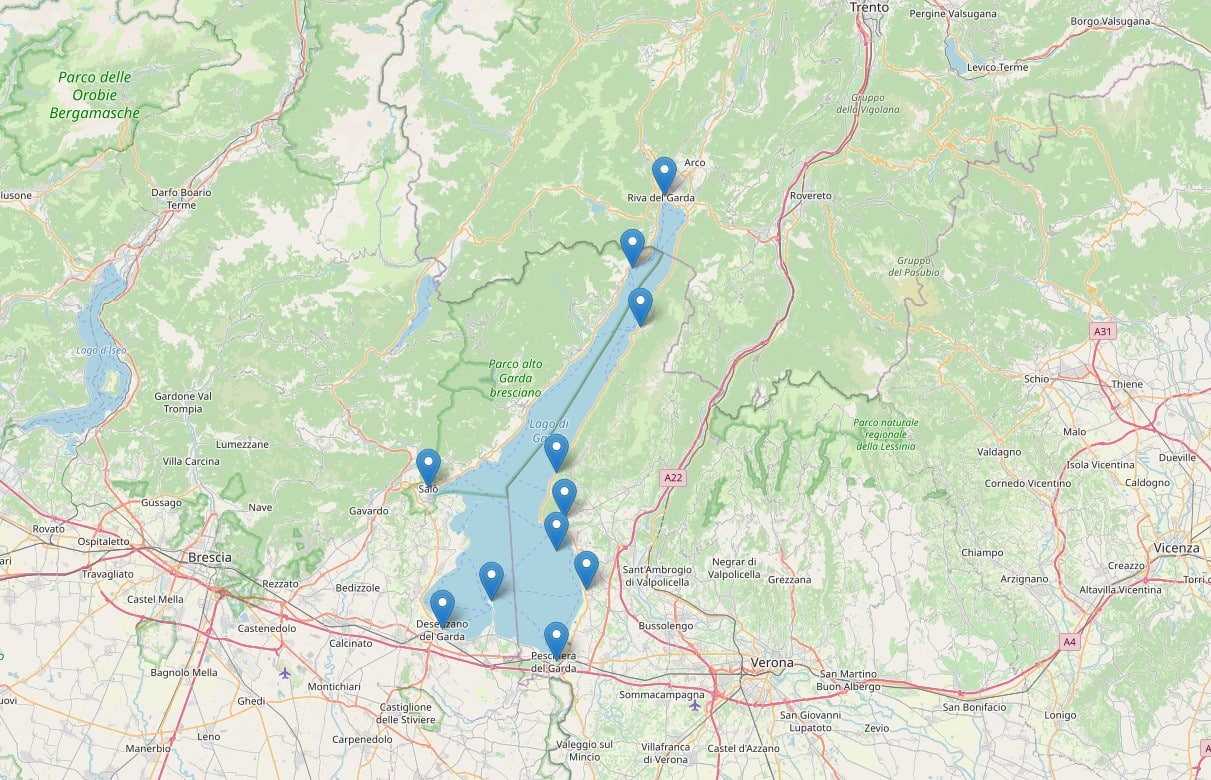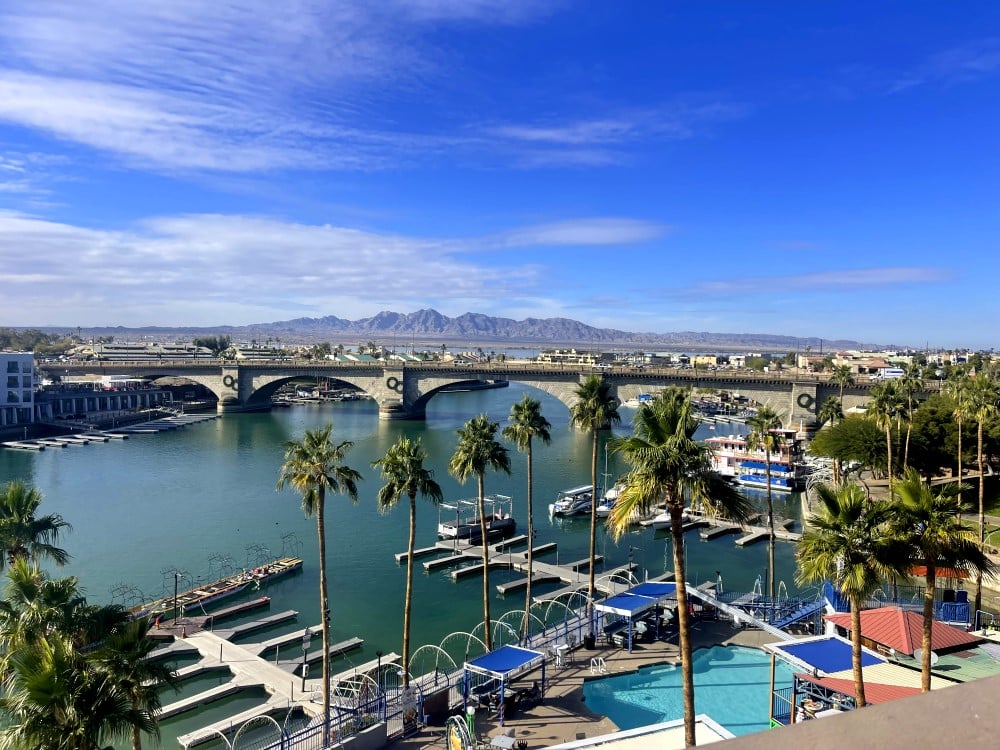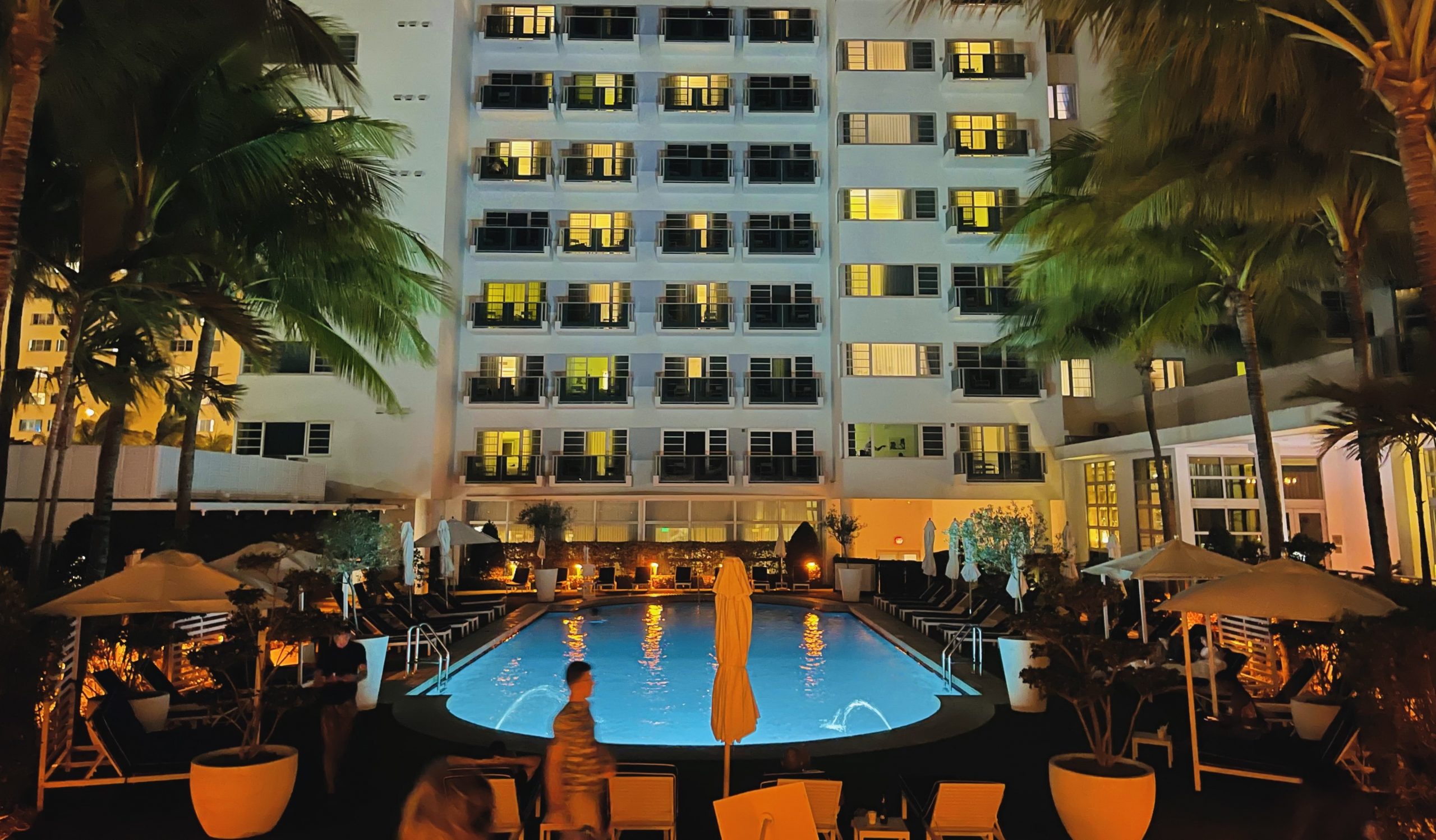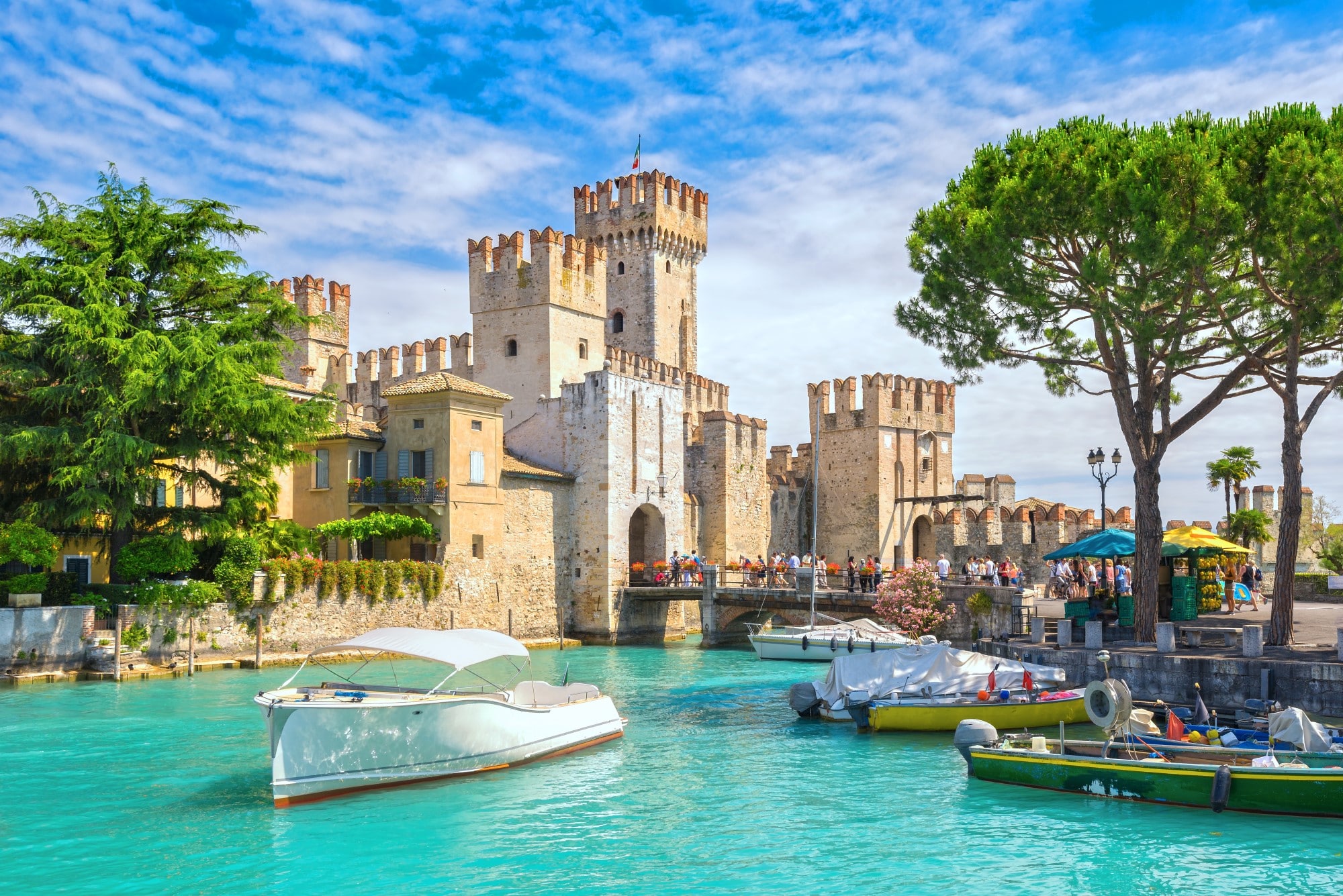
Sirmione (SV) is a peninsula perched on the shores of Lake Garda and boasts historical treasures like the ancient Roman ruins of Grotte di Catullo and the medieval Rocca Scaligera Castle. Enveloped in the tranquil charm of Northern Italy, Sirmione is a haven for those captivated by history, with its thermal baths offering a taste of ancient luxury. All of Lake Garda is a exquisite example of beauty with most of its lakeside towns and villages having their own unique cultural attraction and charm. Renting a boat may be one of the best ways to explore its beauty.
History: Sirmione has been inhabited since prehistoric times. The Romans recognized its strategic and scenic value, with the poet Catullus famously having a villa. A 20th-century bust of Catullus stands on the Piazza Carducci in Sirmione. The ruins of an ancient Roman spa, known as the Grotte di Catullo, are a testament to its long-standing appeal. During the Middle Ages, Sirmione became a fortified center. The Scaliger Castle (Rocca Scaligera), built in the 13th century, is a prominent feature from this era, offering a glimpse into the region’s medieval past. Over the centuries, Sirmione transitioned from a strategic military site to a renowned tourist destination, acclaimed for its thermal baths, historical sites, and stunning lake views.
Attractions
Scaliger Castle: Rocca Scaligera Castle, located in Sirmione on the southern shores of Lake Garda in Italy, is a fascinating example of medieval fortification and Scaliger architecture. Its long history is intertwined with the region’s complex past.
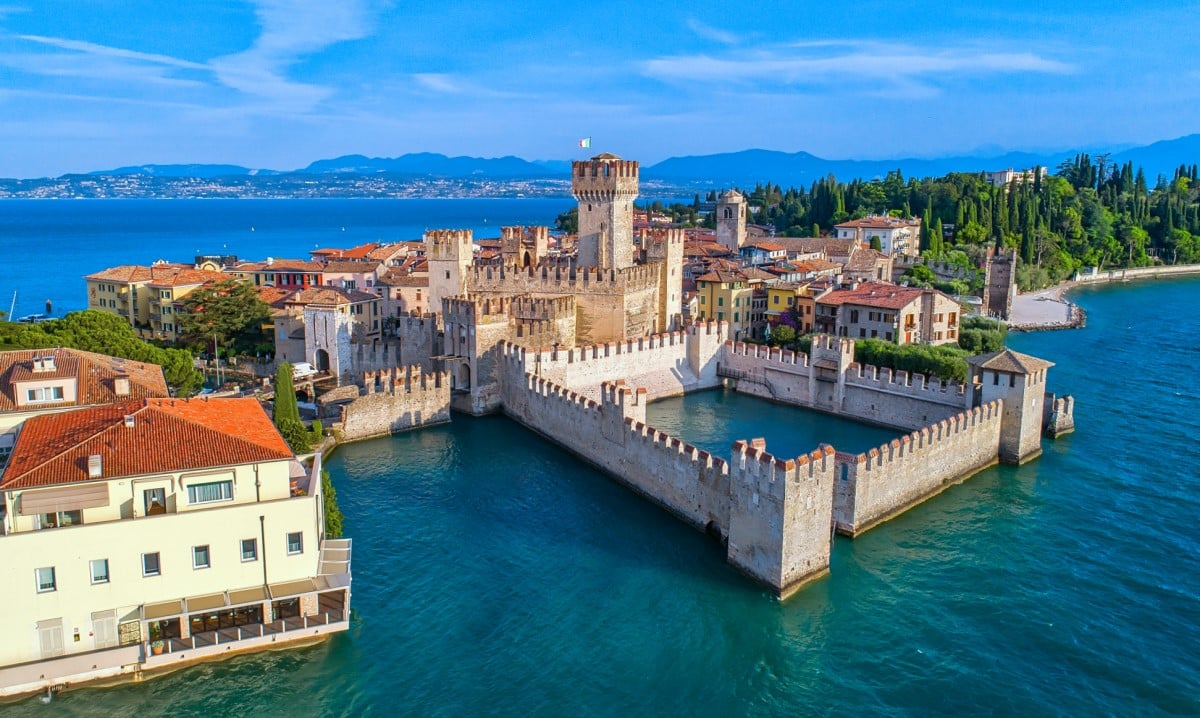
The origins of Rocca Scaligera can be traced back to the late Roman period, but the current structure largely dates to the Scaliger period. The site may have been used as a lookout point and defensive structure even before the medieval castle was built. The castle’s most significant phase began in the 13th century under the Della Scala family, also known as the Scaligers. They were a powerful dynasty that ruled Verona and its surrounding territories. The castle was built primarily as a part of their defensive network around Lake Garda. It was during this period that the castle took its current form, with its impressive fortified walls and the tall keep (mastio).
Rocca Scaligera was strategically important due to its location at the narrow entrance to the Sirmione peninsula. It controlled access to the lake and served as a key defensive and administrative point in the region. Its imposing walls and moat were designed to withstand sieges and attacks. After the fall of the Scaliger dynasty, the castle came under the control of the Republic of Venice in the 15th century. The Venetians maintained the castle as a military fortress, and it continued to play a role in regional politics and defense.
Over the centuries, the importance of Rocca Scaligera as a military outpost declined. By the 18th and 19th centuries, it had lost much of its strategic value. However, interest in the castle revived in the 20th century, leading to restoration efforts to preserve its historical and architectural significance. Today, Rocca Scaligera is a popular tourist attraction. Visitors are drawn to its well-preserved medieval structure, its history, and the picturesque views it offers of Lake Garda. The castle hosts exhibitions and cultural events and remains a symbol of Sirmione and the Lake Garda region.
Grotte di Catullo: The Catullus Caves, known in Italian as Grotte di Catullo (SV), are one of the most significant archaeological sites in Northern Italy, located at the tip of the Sirmione peninsula on Lake Garda. Despite the name “caves,” this site is actually the remains of an ancient Roman villa.
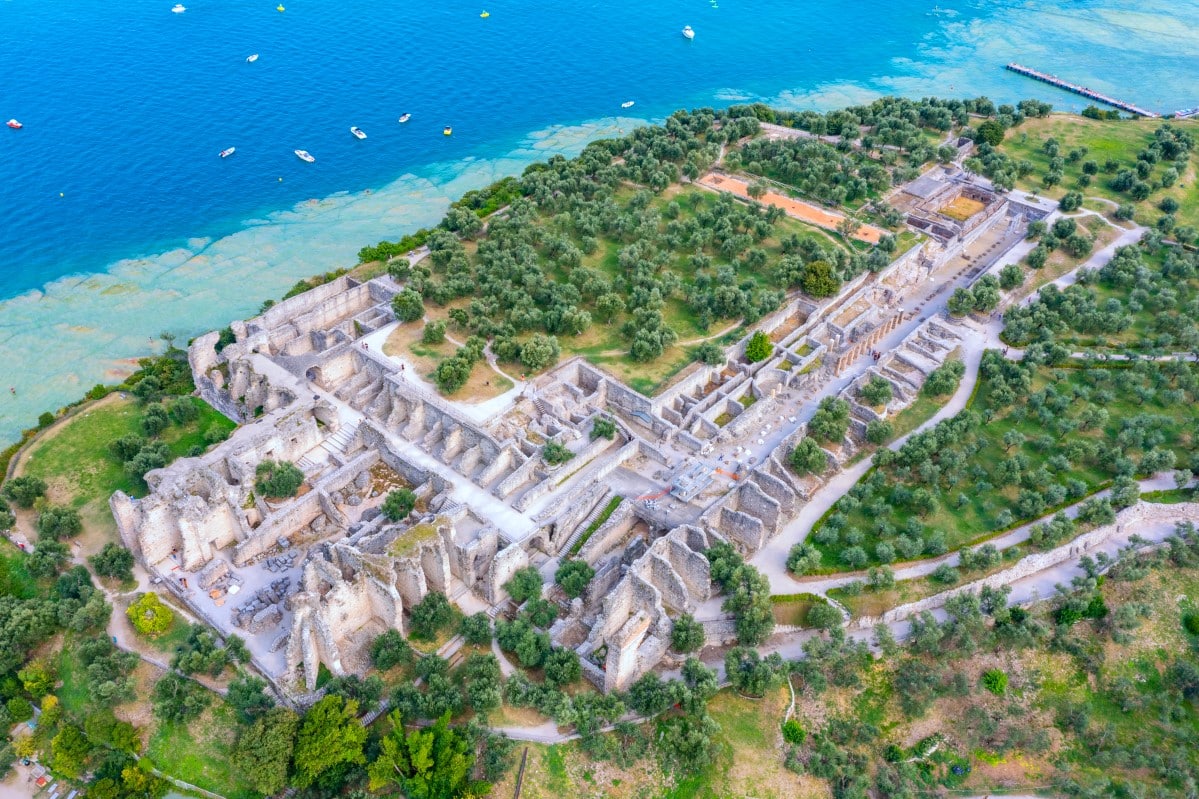
The ruins date back to the late Roman period, specifically between the 1st century B.C. and the 2nd century A.D. Fift-century travelers mistook the ruins of the Roman villa at the tip of Sirmione for natural caves or grottoes, because they were overgrown with vegetation. Grotte di Catullo now represents one of the largest and most well-preserved villas in Northern Italy. The site is traditionally linked to the Roman poet Catullus, who mentioned Sirmione in his poems. While there’s no concrete evidence that he lived here, the villa is thought to have belonged to a wealthy and influential family of the era, possibly even the family of Catullus.
The ruins were discovered in the 15th century , and since then, various archaeological excavations have taken place, revealing the villa’s grandeur and complexity.
The villa was vast, covering an area of about 2 hectares (5 acres). Its architecture includes a mix of residential and thermal areas, indicative of its luxurious nature. The presence of thermal baths within the villa complex highlights the Roman tradition of bathing and the villa’s self-sufficiency in providing leisure and relaxation facilities. Evidence suggests that the villa was also involved in producing olive oil, a major economic activity in the region during Roman times.
The Site Today
- Ruins and Structures: Visitors can explore the extensive ruins, which include walls, mosaics, and the foundations of what were once grand halls and private rooms.
- Museum: There is an onsite museum that provides valuable insights into the history of the villa, the lifestyle of its inhabitants, and the archaeological methods used to uncover its secrets.
- Panoramic Views: The site offers breathtaking views of Lake Garda, making it a picturesque spot for both history enthusiasts and casual visitors.
- Cultural Events: The Grotte di Catullo also hosts various cultural events, including exhibitions and theatrical performances, especially in the summer.
- Botanical Aspect: The surrounding olive groves and lush vegetation add to the site’s charm, representing the typical flora of the Lake Garda region.
THERMAL SPRINGS
The thermal waters of Sirmione are known for their therapeutic properties, which have been recognized since ancient times. These waters originate from deep underground. As they travel through limestone and sulphuric rocks, they become enriched with minerals. The waters are rich in sulphur, bromide, and iodine, and emerge at a temperature of about 69-73 degrees Celsius (156-163 degrees Fahrenheit). This composition is believed to have beneficial properties for the skin, respiratory system, and for musculoskeletal conditions. The waters are particularly recommended for therapeutic treatments such as mud therapy, balneotherapy, and inhalation treatments. They are known to help with a range of ailments, including rheumatism, arthritis, and respiratory issues.
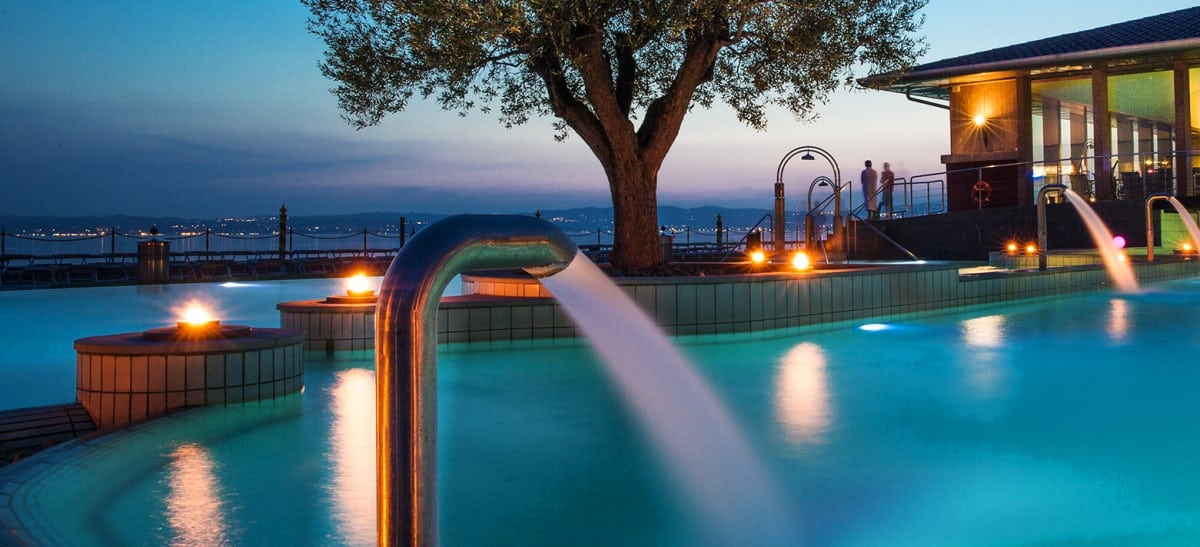
While the ancient Romans used the Grotte di Catullo for its thermal springs, it is no longer available as the 5-acre grounds is now labeled an archeological site. Old town Sirmione has the Terme Catullo Aquaria Thermal SPA. The spa offers a wide range of facilities and treatments, including thermal pools (both indoor and outdoor), whirlpools, vascular paths, saunas, and steam baths. There are also options for various wellness treatments like massages, mud therapy, and beauty treatments.
Relaxation and Wellness: The focus at Terme Catullo Aquaria SPA is on relaxation and wellness. Guests can enjoy the therapeutic properties of the thermal waters while relaxing in a serene environment. The center is designed to promote tranquility and health, making it a popular destination for those seeking a wellness retreat.
Tel. + 39 030 916044
aquaria@termedisirmione.com
The Church of San Pietro in Mavino
The Church of San Pietro (SV) is one of the oldest and most historically significant churches in the Lake Garda region. This quaint and serene church holds a special place in the hearts of both locals and visitors for its rich history, architectural beauty, and peaceful setting.
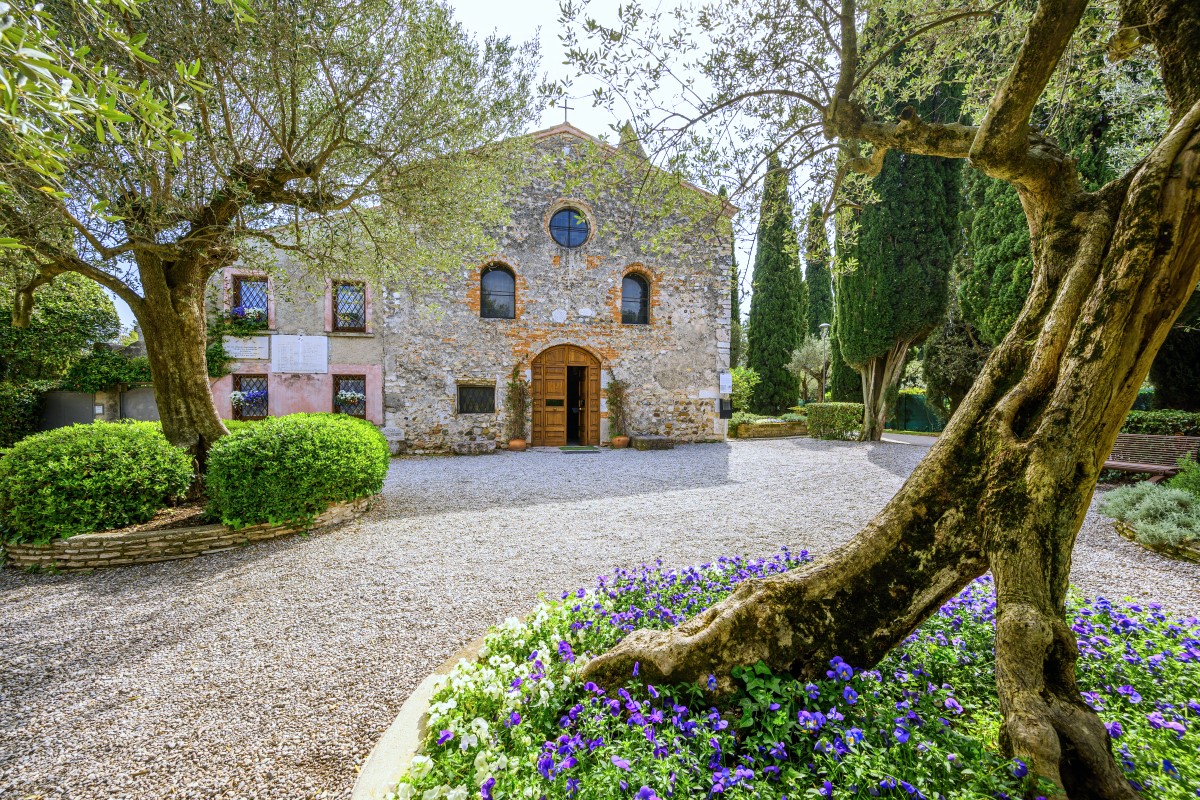
The Church of San Pietro in Mavino was originally built in the 8th century, making it the oldest church in Sirmione. The name “Mavino” is believed to derive from “amavini,” which means ‘in the vineyards’, indicative of its original location amidst vineyards. Over the centuries, the church underwent several renovations and modifications. The most significant of these took place in the 14th century when the bell tower was added, and again in the 15th century when the apse was reconstructed.
The church is a fine example of Romanesque architecture. It features a simple, yet elegant façade, with a characteristic Romanesque bell tower. Inside, the church is adorned with frescoes that date back to different periods, some as early as the 12th century. These frescoes depict various religious scenes and figures, offering insight into the artistic styles and religious sentiments of the different eras. Of particular note are the frescoes from the 12th and 16th centuries, which have been well preserved and are of significant historical and artistic value.
Location: Via S. Pietro in Mavino, 25019 Sirmione BS, Italy, Tel +39 030 916527 – The church is situated on a small hill, offering a tranquil setting away from the hustle and bustle of the main tourist areas in Sirmione. From its vantage point, visitors can enjoy stunning views over Lake Garda and the surrounding countryside.
Other Lake Towns
Lake Garda is surrounded by a variety of charming towns, each offering its unique blend of natural beauty, historical sites, and cultural experiences. Renting a boat may be one of the best ways to explore Lake Garda’s beauty. Here are some of the noteworthy towns to visit around Lake Garda:
Riva del Garda
Riva del Garda, situated at the northernmost point of Lake Garda, stands as a stunning fusion of natural grandeur and lively cultural dynamism. Framed by imposing mountains and the crystal-clear waters of the lake, Riva del Garda is a picturesque town that captivates with its unique Alpine-Mediterranean charm. The town is particularly famous for its exceptional windsurfing and sailing conditions, drawing water sports enthusiasts from around the globe to its breezy and beautiful shores.
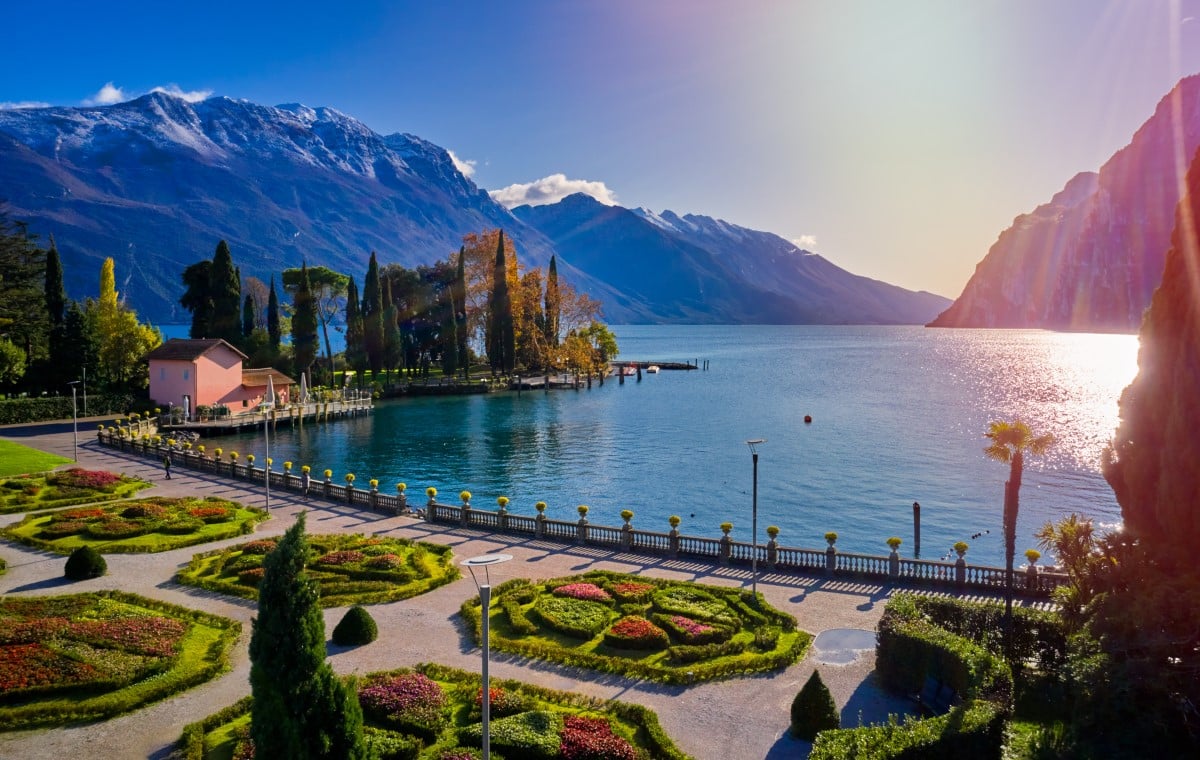
The backdrop of rugged mountains not only provides a breathtaking panorama but also offers a playground for outdoor activities, such as hiking, mountain biking, and climbing. The surrounding landscapes present a dramatic contrast to the gentle serenity of the lake, making Riva del Garda a destination of diverse natural beauty.
In the heart of the town lies a historic center, where pastel-colored buildings, charming piazzas, and narrow cobblestone streets create a vibrant and inviting atmosphere. This historical core of Riva del Garda is rich with cultural heritage, home to landmarks such as the medieval fortress, known as La Rocca, which houses a museum and offers insights into the town’s storied past.
Additionally, Riva del Garda boasts several beautiful beaches, providing perfect spots for relaxation, swimming, and enjoying the stunning scenery. These beaches range from pebbly shores to grassy areas, catering to all preferences.
Limone sul Garda
Limone sul Garda, gracefully perched on the western shore of Lake Garda, is a town of extraordinary charm and beauty, renowned for its historic lemon groves. These groves, once a cornerstone of the town’s economy, have given Limone its name and identity, contributing to its unique landscape. The legacy of these lemon groves is still evident in the ancient limonaie, the characteristic lemon houses that dot the town.
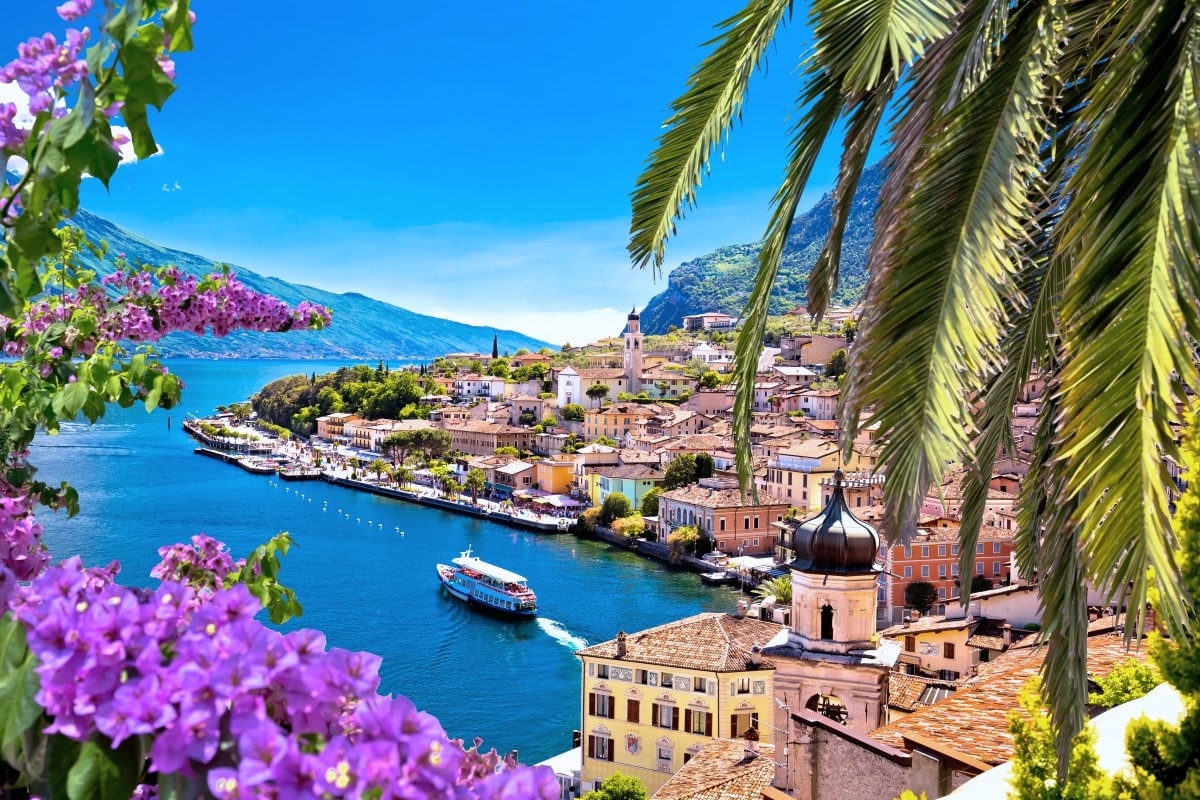
The town itself is a picturesque tapestry of narrow, winding streets, flanked by traditional pastel-colored buildings. These streets meander through the town, leading visitors on a delightful journey of discovery. The charming alleys open up to a stunning waterfront promenade, offering serene views of the sparkling waters of Lake Garda, framed by rugged mountains in the background.
Limone sul Garda is not just about scenic beauty; it’s also a haven for outdoor enthusiasts. The surrounding area offers a wealth of hiking trails that showcase the natural splendor of the region. These trails range from leisurely walks along the lake to more challenging hikes up the mountains, providing opportunities for all levels of fitness and adventure. The town’s proximity to the lake also allows for a variety of water-based activities, including swimming and boating.
Moreover, Limone sul Garda captivates visitors with its peaceful atmosphere, making it an ideal location for those seeking relaxation amidst natural beauty. Whether you’re exploring its historic streets, enjoying a leisurely stroll along the lake, or embarking on a hiking adventure in the nearby hills, Limone sul Garda offers a perfect blend of relaxation, beauty, and outdoor activities, making it a must-visit destination on the shores of Lake Garda.
Malcesine
Malcesine, nestled on the eastern shore of Lake Garda, is a picturesque town that epitomizes the romantic charm of Italian lakeside settings. Dominating the town’s skyline is the majestic Castello Scaligero, a medieval fortress perched on a rocky outcrop overlooking the lake. This beautifully preserved castle not only offers a journey through history with its ancient walls and towers but also provides breathtaking panoramic views of Lake Garda, making it a favorite spot for photographers and sightseers alike.
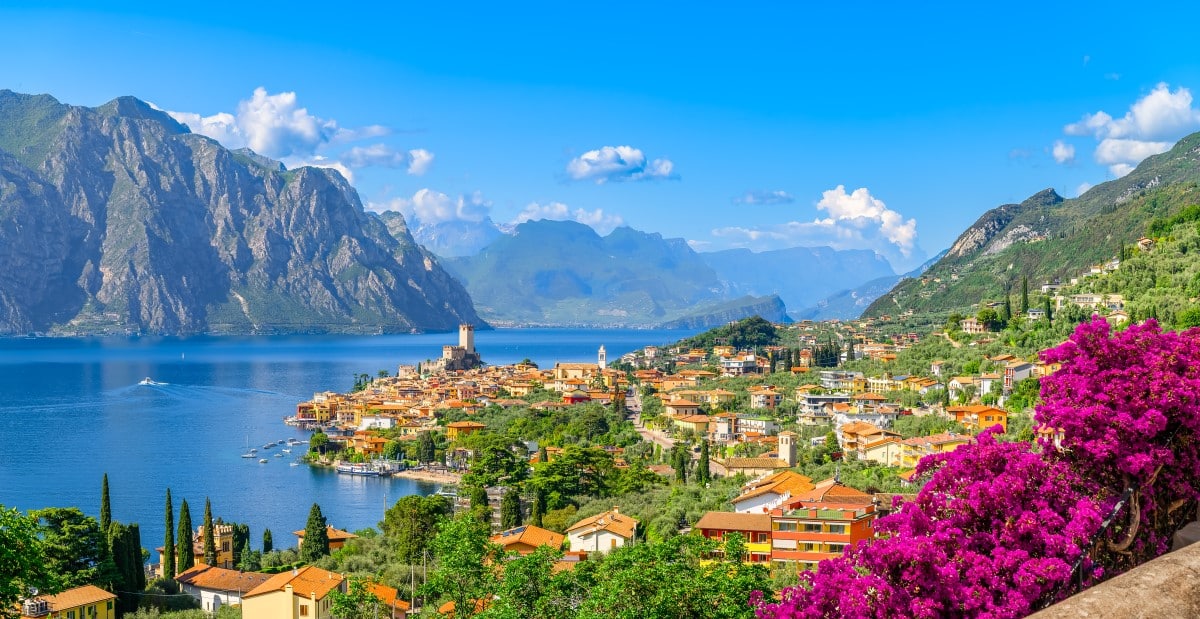
The allure of Malcesine extends beyond its castle. The town serves as the gateway to Monte Baldo, a majestic mountain range that rises dramatically from the lake’s edge. Accessible by a state-of-the-art cable car, Monte Baldo is a paradise for nature enthusiasts and hikers. The journey to the summit presents a spectacular transition from Mediterranean flora at the lake level to alpine scenery at higher altitudes. Once atop, hikers and visitors are rewarded with sweeping views of the lake and the surrounding peaks, offering some of the most spectacular vistas in Northern Italy.
In Malcesine, narrow cobblestone lanes wind through ancient buildings, opening into charming piazzas lined with cafes and boutiques. This harmonious blend of natural beauty, historical architecture, and vibrant street life makes Malcesine a captivating destination. Whether you’re exploring its historical depths, ascending the heights of Monte Baldo, or simply soaking in the lakeside ambiance, Malcesine promises an unforgettable experience in one of Lake Garda’s most enchanting towns.
Desenzano del Garda
Desenzano del Garda, nestled on the southern shore of Lake Garda, stands out as one of the most vibrant and dynamic towns in the region. Renowned for its perfect blend of picturesque charm and energetic social life, it’s a town where historical allure meets contemporary lifestyle. The heart of Desenzano is its picturesque harbor, brimming with elegant boats and lined with inviting cafes and restaurants, creating an atmosphere of leisurely luxury.
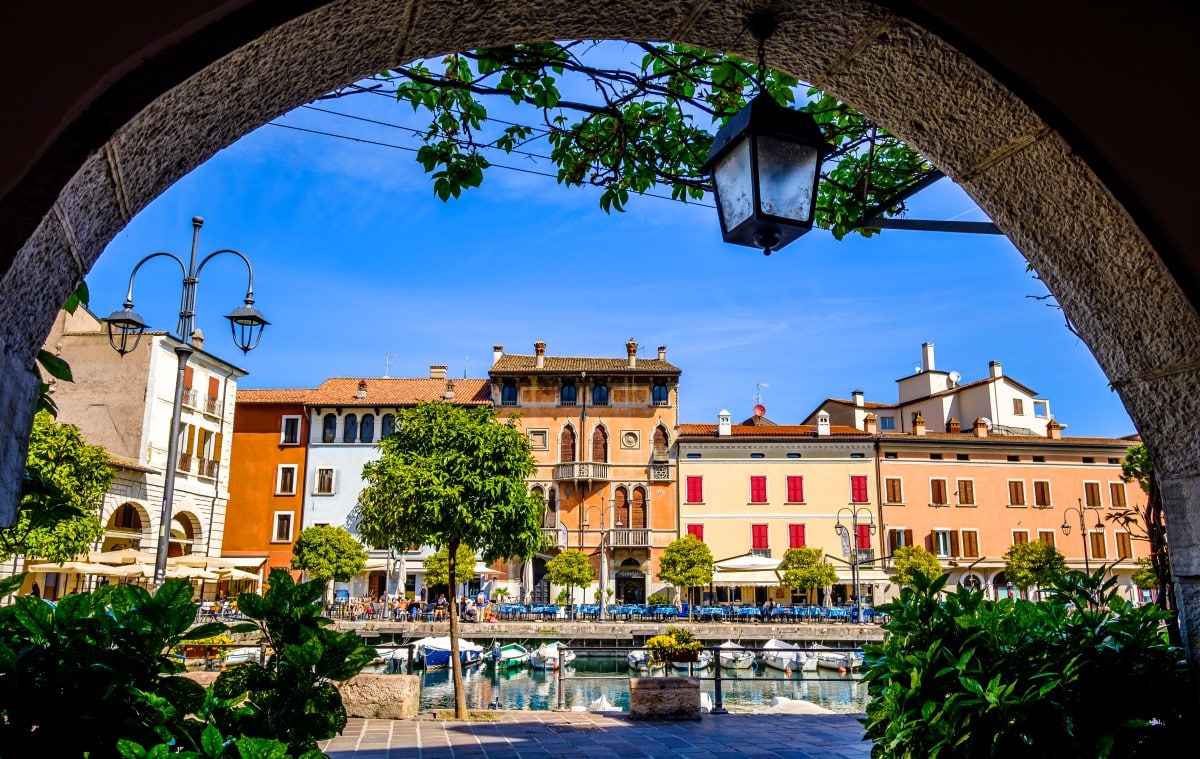
The town’s beaches are a major draw, offering idyllic spots for relaxation and a variety of water sports activities, catering to both tranquility seekers and adventure enthusiasts. Adding to its charm is the ancient Roman villa, known as Villa Romana, showcasing stunning mosaics and providing a glimpse into the rich historical tapestry of the area. As the sun sets, Desenzano transforms into a hub of nightlife, with its bars, clubs, and lively social scene attracting visitors and locals alike. This energetic nocturnal ambiance, coupled with the town’s cultural heritage and natural beauty, makes Desenzano del Garda a unique and enticing destination, blending the tranquility of lakeside life with the thrill of urban excitement.
Salo
Salo, gracefully positioned on the shores of Lake Garda, is distinguished by its stunning lakefront promenade, renowned as the longest of its kind along the lake. This promenade is the jewel of the town, offering an enchanting walkway framed by elegant buildings, lush greenery, and the serene backdrop of Lake Garda’s sparkling waters. As you stroll along, the promenade reveals Salo’s elegant atmosphere, characterized by a refined blend of natural beauty and architectural charm.
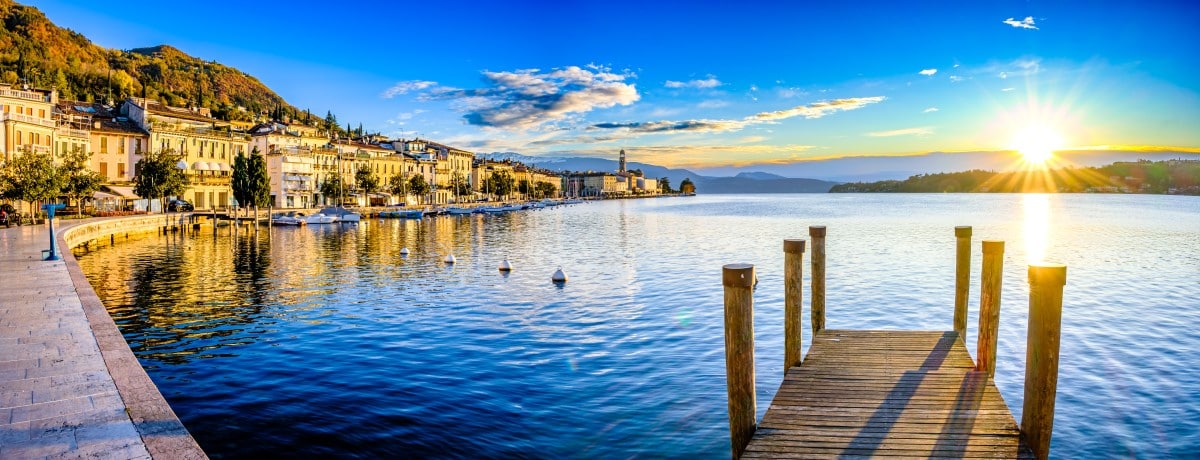
The town’s rich history is palpable in its historic center, where narrow cobblestone streets lead you through a captivating array of boutique shops, quaint cafes, and inviting restaurants. These establishments, often family-owned, provide a warm and welcoming ambiance, inviting visitors to immerse themselves in the local lifestyle.
Moreover, Salo is adorned with an array of historical buildings, each telling a story of the town’s past. From the majestic Renaissance cathedral to the elegant palaces that once housed noble families, these structures are a testament to Salo’s historical importance and cultural heritage. This blend of history, elegance, and lakeside charm makes Salo a destination that captures the essence of Lake Garda’s unique allure, offering a serene yet sophisticated retreat for those who visit.
Bardolino
Bardolino, nestled on the eastern shores of Lake Garda, is a destination that beautifully intertwines the joys of viticulture with the charm of lakeside living. Renowned for its production of the eponymous Bardolino wine, a light and refreshing red with a delightful bouquet, the town is a paradise for oenophiles and casual wine enthusiasts alike.
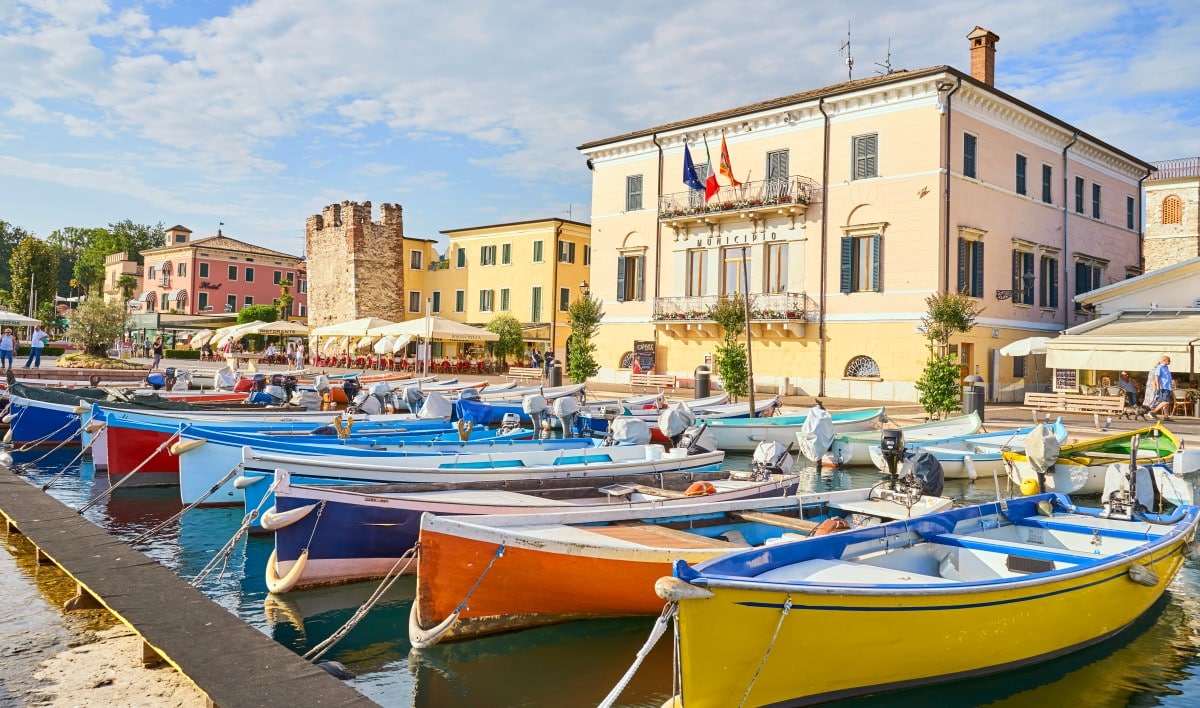
The heart of Bardolino’s wine culture can be experienced through its numerous wine bars and cellars, which offer extensive wine tasting sessions. These venues provide not only the opportunity to sample the local vintages but also to learn about the winemaking process, grape varieties, and the rich history of wine production in the region. The experience is enriched by the warm hospitality and expertise of the local vintners, making every tasting both educational and pleasurable.
Bardolino’s vibrant atmosphere is further amplified during its famous annual wine festival, held each autumn. This event is a celebration of the town’s viticultural heritage, where the streets come alive with stalls offering wine tastings, local gastronomy, and a variety of entertainment. It’s a time when the town’s passion for wine and festivity is on full display, attracting visitors from across the globe.
Aside from its wine-centric allure, Bardolino charms visitors with its lively lakeside promenade, picturesque harbor, and the historical architecture that dots its landscape.
Lazise
Lazise, perched on the eastern shore of Lake Garda, is a captivating town that seamlessly blends historical charm with modern vibrancy. It is distinguished by its well-preserved medieval walls that encircle the old town, a testament to its rich history and strategic importance in the past. These ancient walls, complete with battlements and towers, not only add to the town’s picturesque appeal but also invite visitors to step back in time as they wander through its historic streets.
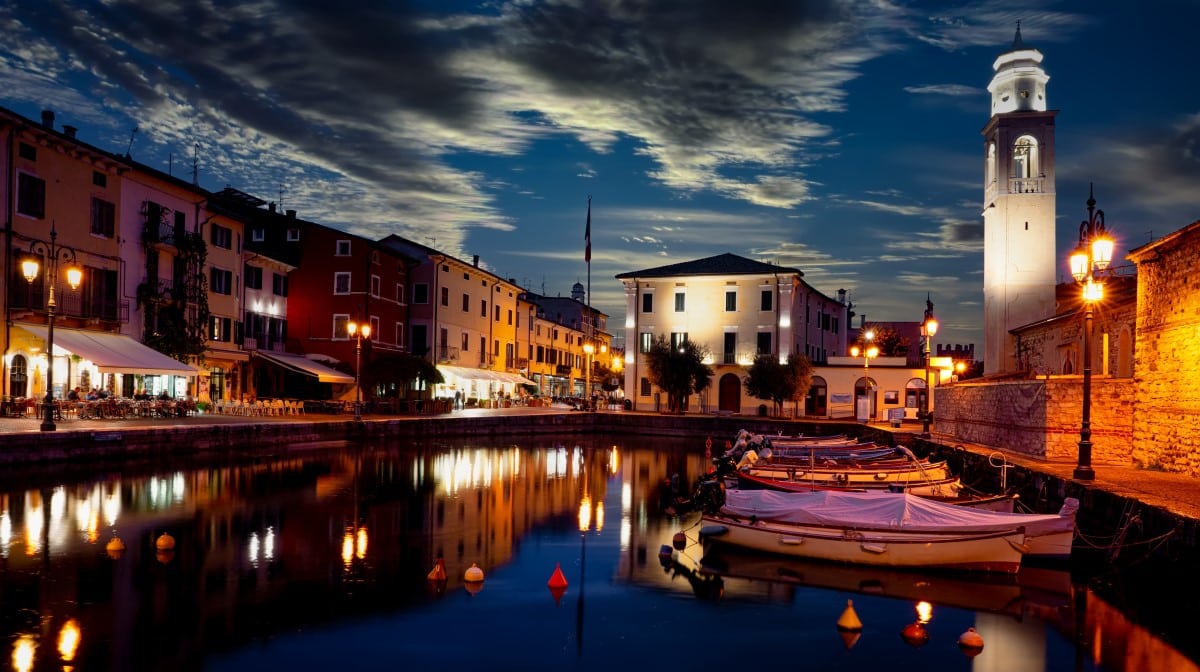
The heart of Lazise is its charming old harbor, a bustling and colorful area where old fishing boats mix with modern yachts, creating a lively and picturesque scene. This harbor area is lined with cafes, restaurants, and shops, making it a perfect place to stroll, dine, and enjoy the lively atmosphere of the town.
Lazise’s rich history is palpable in its narrow cobblestone streets, historic buildings, and the Scaliger Castle, which overlooks the town. The castle’s imposing structure and the charming alleyways of the old town create an enchanting medieval ambience.
Adding to the appeal of Lazise is its proximity to several major theme parks, making it an ideal destination for families and adventure-seekers. Notably, Gardaland, Italy’s largest and most famous amusement park, is just a short drive away. Offering a range of thrilling rides, shows, and attractions, Gardaland provides a day of fun and excitement for all ages.
Moreover, the town is also close to other attractions like Caneva World, a water park that offers a respite from the summer heat with its exciting water slides and pools. These theme parks add an element of fun and excitement to the serene and historical backdrop of Lazise.
Torri del Benaco
Torri del Benaco, nestled along the eastern shores of Lake Garda, is a hidden gem that exudes tranquility and charm. This serene town is a haven for those seeking to immerse themselves in a more relaxed and peaceful atmosphere, away from the bustling crowds that frequent some of the larger Lake Garda destinations.
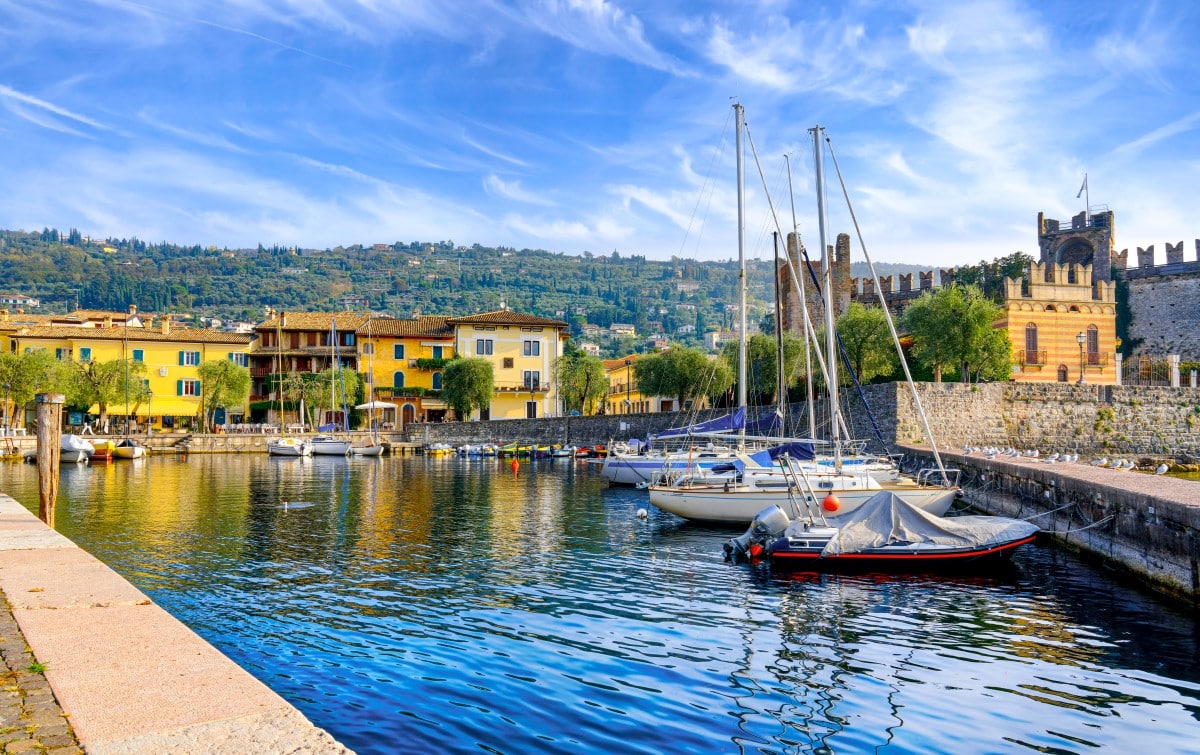
The picturesque harbor of Torri del Benaco is a focal point of the town’s beauty. Here, colorful fishing boats bob gently on the clear waters, creating a scene that seems lifted from a postcard. The harbor, with its quaint promenade, is lined with charming cafes and restaurants where visitors can indulge in local cuisine while enjoying the stunning views of the lake.
Dominating the town’s historical landscape is the impressive Scaligeri Castle, a well-preserved medieval fortress that adds a touch of historical grandeur to the town. The castle, with its crenellated walls and towers, houses a museum that provides insights into the local history and culture, including the traditional fishing and olive oil production that the area is known for.
Torri del Benaco’s less crowded streets are a delight to explore, offering a more intimate experience of Italian lakeside life. The town’s old center is a labyrinth of narrow alleys, ancient houses, and charming squares, each turn revealing a part of the town’s rich history and inviting a leisurely exploration.
Despite its tranquil character, Torri del Benaco doesn’t lack in activities. The town offers opportunities for leisurely walks, hiking, and enjoying the natural beauty of the surrounding areas. The nearby hills and olive groves provide a perfect backdrop for outdoor activities, while the lake itself offers opportunities for swimming, boating, and fishing.
Peschiera del Garda
Peschiera del Garda, strategically located at the southern tip of Lake Garda, is a town steeped in history and distinctive charm. Its most striking feature is the star-shaped fortress that encircles the town, a remarkable example of military architecture that has earned Peschiera del Garda a place on the UNESCO World Heritage list. This impressive fortification, complete with historic walls and ramparts, reflects the town’s strategic importance throughout various periods in history, particularly during the Venetian rule and the Austrian Empire.
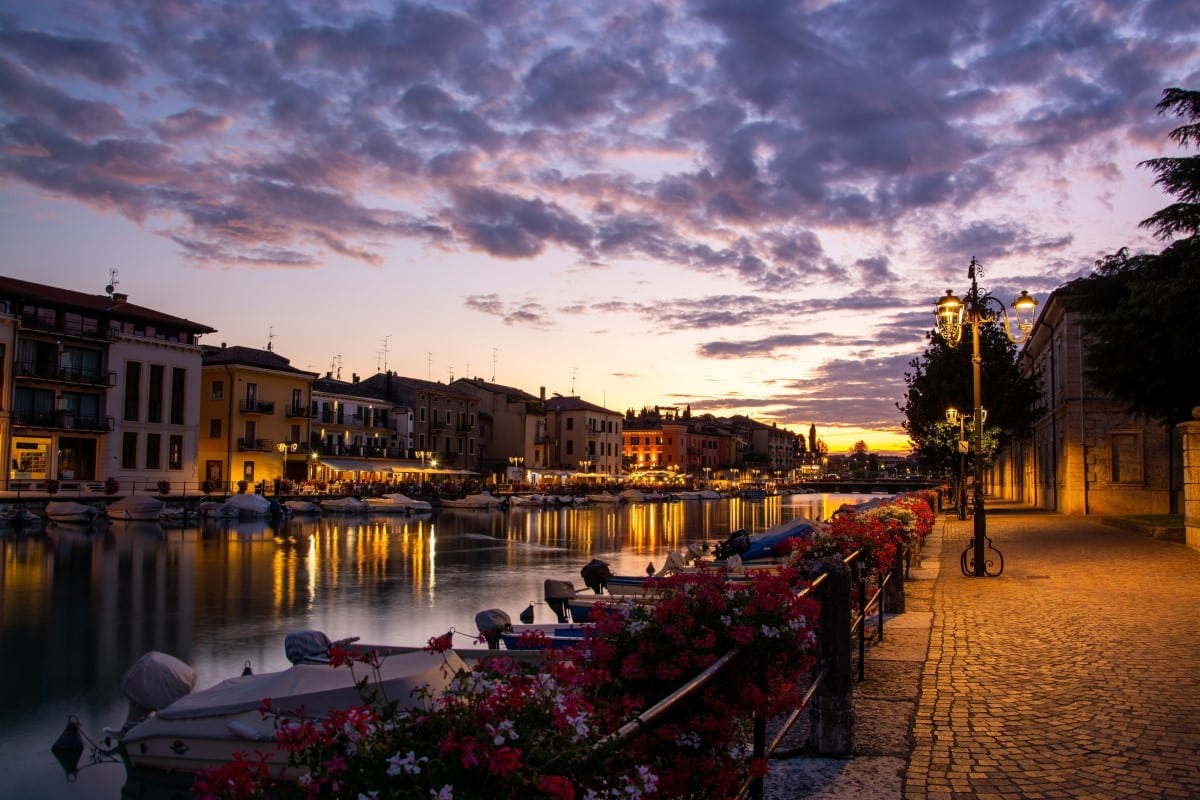
The fortress and walls of Peschiera del Garda are not just relics of the past; they contribute significantly to the town’s unique character and ambiance. Wandering through its well-preserved fortifications offers a fascinating glimpse into the town’s military past, while also providing picturesque views of the surrounding waterways and landscapes.
Peschiera’s location at the convergence of Lake Garda and the Mincio River adds to its scenic beauty. The river, which flows out of the lake here, creates a serene environment and offers opportunities for leisurely boat rides, fishing, and enjoying the natural surroundings. The town’s proximity to the river and lake also means that water-based activities like sailing, kayaking, and swimming are readily available for visitors.
Additionally, Peschiera del Garda serves as a gateway to the famous wine region of Lugana, known for its superb white wines. The nearby vineyards and wineries are a must-visit for wine enthusiasts, offering tastings and tours that showcase the rich viticultural heritage of the region.
Directions to Sirmione
From Milan (Approximately 140 km, 1.5 – 2 hours):
- Get on the A4/E64 Motorway: This is the main motorway connecting Milan to Venice. Head east towards Venice.
- Exit at Desenzano del Garda/Sirmione: There is a specific exit for Sirmione, which is well signposted.
- Follow Signs to Sirmione: After exiting the motorway, follow the signs to Sirmione, which will lead you to the town located on a peninsula in the lake.
From Verona (Approximately 40 km, 45 minutes to 1 hour):
- Get on the A4/E70 Motorway: This is the same motorway connecting Milan to Venice, but from Verona, you will be heading west.
- Exit at Peschiera del Garda: This exit is one of the closest to Sirmione.
- Follow Signs to Sirmione: After the exit, follow the signs directing you to Sirmione.
From Venice (Approximately 150 km, 1.5 – 2 hours):
- Get on the A4/E70 Motorway heading west towards Milan.
- Follow the same directions as from Milan: Exit at Desenzano del Garda/Sirmione and follow signs to Sirmione.
Important Tips:
- Toll Roads: The A4 is a toll motorway. Be prepared to pay tolls along the way.
- Traffic: During peak tourist season, the roads leading to Sirmione can be quite busy, especially on weekends.
- Parking: Sirmione is a popular destination and has limited parking, especially in the historic center. It’s advisable to look for parking spots on the outskirts of the town or in designated parking areas.

